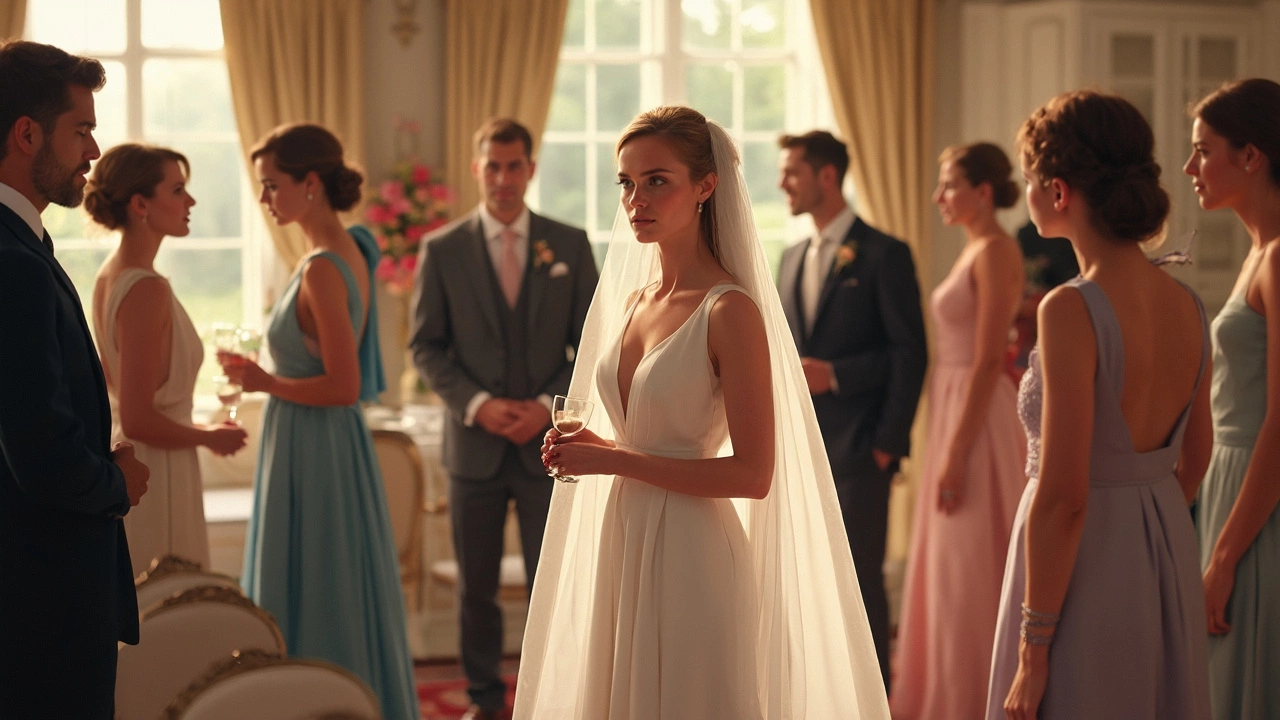What Not to Wear to a Wedding: Dress Mistakes You Should Skip
Planning a wedding is stressful enough – the last thing you want is to stress over your outfit. Yet many couples and guests end up in a fashion faux pas that could have been avoided with a quick check. Below are the top "what not to wear" warnings, plus easy fixes so you can feel confident and comfortable.
Avoid the Wrong Colours
First rule: don’t wear white, ivory or anything that looks like the bride’s dress. Even off‑white or cream can cause a clash. If the invitation says “formal black‑tie”, stick to navy, burgundy or deep green. Bright neon shades also tend to look out of place unless the wedding theme calls for them. When in doubt, ask the couple – they’ll appreciate the effort.
Skip Over‑The‑Top Trends
Trendy pieces can be fun, but a wedding isn’t the best runway for super short hemlines, ultra‑cut‑out dresses, or heavy studs. Those details can draw eyes away from the bride and feel uncomfortable for a long ceremony. Opt for classic silhouettes like A‑line, fit‑and‑flare or a modest sheath. You’ll still look stylish without stealing the spotlight.
Another common slip is wearing a strapless dress in a religious venue. Many churches, temples or mosques require covered shoulders. A simple shawl or bolero can rescue the look without a full redesign.
Fit matters more than brand. An ill‑fitting dress looks cheap, even if it’s designer. Schedule a fitting a few weeks before the big day so you can make alterations. If you’re buying off the rack, choose something you can comfortably move in – you’ll likely be dancing a lot.
Accessories can also go wrong. Large, clunky jewelry may clash with a delicate dress and cause snagging. Keep earrings and necklaces proportional to your neckline. If you’re a guest, avoid bringing a veil or a tiara unless the couple specifically asks for it.
Shoes are a hidden pitfall. Heels that are too high can make you wobble on grass or uneven floors. A block heel or elegant flat is a safe bet that still looks polished. Remember to break in new shoes before the ceremony – blister‑free feet equal happy dancing.
Lastly, skip the “I’m too cool for the dress code” attitude. If the invitation says “cocktail attire”, a full‑length gown is overkill, but a short dress isn’t necessarily enough either. Aim for a knee‑to‑mid‑calf length with a dressy top or a smart jumpsuit. When you respect the dress code, you show consideration for the couple’s vision.
Bottom line: keep it classy, comfortable, and coordinated with the wedding’s theme. A quick chat with the bride or groom, a glance at the invitation, and a short trial run will save you from wardrobe regret. Now you’re ready to pick an outfit that celebrates love without any fashion faux pas.

- May, 9 2025
- Comments 0